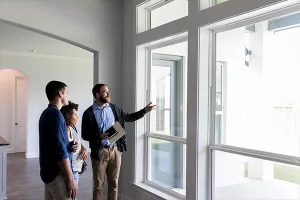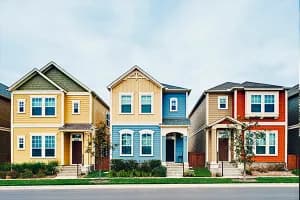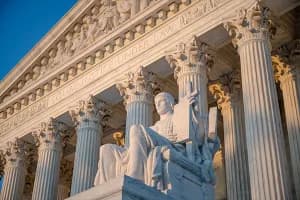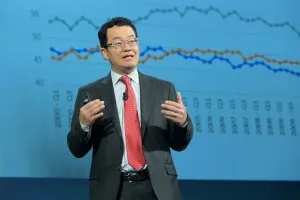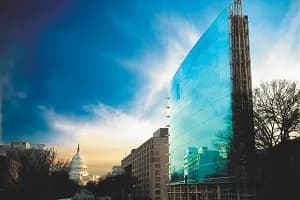In the previous post, we saw that real estate developers are supportive of and seeing the value of placemaking in creating community, and to their bottom line, by making sure open spaces are included in multi-family and mixed use development projects.
But it also makes sense for REALTORS® to support Placemaking as the more vibrant public spaces and destinations a community has, the more desirable a community becomes. And that can lead to an increase in property values.
For the Michigan Association of REALTORS®, the connection between real estate, REALTORS® and Placemaking is clear. Placemaking strategies that include green spaces and cultural amenities can help drive demand in today’s marketplace. “There is a positive correlation between Placemaking elements and local housing choices,” says Beth Foley, the 2013 Michigan Association of REALTORS® President.

- Michigan Association of REALTORS®’ Lighter Quicker Cheaper Challenge reflects on Placemaking projects in Lansing, Michigan.
And who better to become involved in Placemaking in a community than REALTORS®. Beth goes on to say that “REALTORS® spend a great deal of time selling ‘place.’ There is no other private sector group better situated to help inform and advance the discussion on Placemaking than the REALTOR® community.” Kathie Feldpausch, senior vice president of the Michigan Association of REALTORS®, agrees. “REALTORS® are the eyes and ears of communities and are in the neighborhood all the time,” says Feldpausch.
And REALTOR® Gil White, a Placemaking proponent in Michigan, believes that REALTORS® can help to improve the value and quality of the built environment that either has been built or will be newly developed, or adaptively re-used, by becoming involved in Placemaking in their community. “Our role as REALTORS® is much greater than simply helping folks buy and sell houses. We owe it to our clients to help them find or keep their homes in cities, towns and rural communities that have appealing and sustainable plazas, efficient and convenient transportation, walkable main streets, green spaces, thriving shops and cultural amenities. Those are the qualities of Placemaking that are driving demand in today’s real estate marketplace.”

REALTORS® aren’t the only ones who express this view. The Project for Public Spaces (PPS) believes that real estate professionals can be natural placemakers because they are passionate about their communities and have the communication skills and initiative that can catalyze Placemaking. Ethan Kent, Vice President of PPS, says “REALTORS® are often among a community’s most engaged and concerned citizens. They can quickly see how a Placemaking approach can generate local commitment and investment, short-term, low-cost improvements and long-term sustainability and resilience.”
As to the value of creating a “sense of place” in communities, REALTORS® are finding that homebuyers and owners are looking to live in places where there are a variety of public spaces – and willing to pay more for homes near those places.
Accordingly to Houselogic, a desirable public park or other recreational open space boosts the property value of nearby homes by 8%-20%. One study looked at 16,400 home sales within 1,500 feet of 193 public parks in Portland, Ore., and found these boosts to home values:
- Natural areas: $10,648
- Golf courses: $8,849
- Specialty parks: $5,657
- Urban parks: $1,214

- New York City’s Highline. Photo courtesy of City Lab.
- 29% believed that the existence of the trail would increase the selling price of their home
- 57% of the residents felt that the trail would make the home easier to sell
- 57% of these residents had lived in their homes prior to construction of the trail
- 29% of those surveyed were positively influenced by the trail in their decision to buy the home.

Of the real estate agents interviewed in the same study:
- 73% believed that a home adjacent to a trail would be easier to sell
- 55% agreed that the home would sell for more than a comparable home from a different neighborhood
- 82% of real estate agents used the trail as a selling point
- 100% believed trails are an amenity to the community around it
So what do you think will be of more value: a home across the street from a vacant lot or one across the street from a community park?
